-
 Bitcoin
Bitcoin $118300
-0.58% -
 Ethereum
Ethereum $3825
0.11% -
 XRP
XRP $3.137
-0.71% -
 Tether USDt
Tether USDt $0.9999
-0.01% -
 BNB
BNB $803.9
-3.37% -
 Solana
Solana $181.5
-1.94% -
 USDC
USDC $0.9999
0.01% -
 Dogecoin
Dogecoin $0.2238
-2.51% -
 TRON
TRON $0.3358
2.12% -
 Cardano
Cardano $0.7844
-2.16% -
 Hyperliquid
Hyperliquid $43.31
-1.48% -
 Sui
Sui $3.807
-4.04% -
 Stellar
Stellar $0.4203
-1.96% -
 Chainlink
Chainlink $17.79
-3.00% -
 Bitcoin Cash
Bitcoin Cash $567.8
-1.34% -
 Hedera
Hedera $0.2614
-4.30% -
 Avalanche
Avalanche $24.19
-4.46% -
 Litecoin
Litecoin $109.2
-0.74% -
 UNUS SED LEO
UNUS SED LEO $8.969
-0.01% -
 Toncoin
Toncoin $3.404
3.97% -
 Ethena USDe
Ethena USDe $1.001
-0.01% -
 Shiba Inu
Shiba Inu $0.00001307
-3.19% -
 Uniswap
Uniswap $10.33
-1.23% -
 Polkadot
Polkadot $3.884
-4.06% -
 Monero
Monero $312.9
-1.87% -
 Dai
Dai $1.000
0.01% -
 Bitget Token
Bitget Token $4.537
-2.24% -
 Pepe
Pepe $0.00001156
-3.40% -
 Cronos
Cronos $0.1437
-0.89% -
 Aave
Aave $282.8
-2.77%
What does blockchain fork mean? Blockchain fork type analysis
Blockchain forks, whether soft or hard, reshape networks by upgrading protocols or splitting chains, impacting users, developers, and the future of cryptocurrencies.
Jun 14, 2025 at 09:01 pm
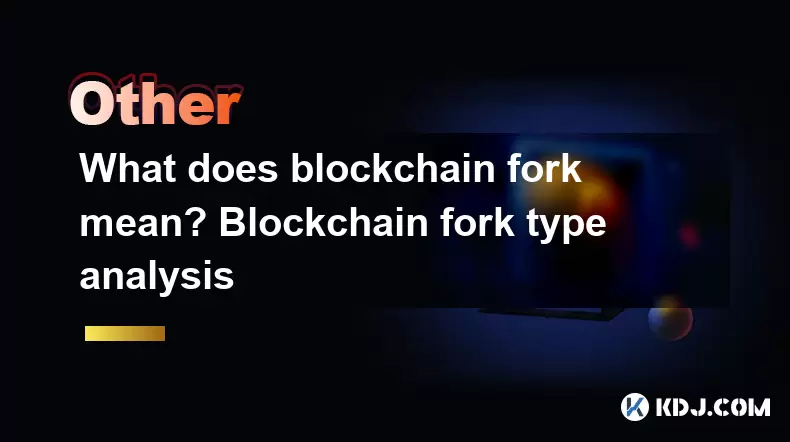
Understanding Blockchain Forks
A blockchain fork occurs when a blockchain diverges into two separate paths. This typically happens due to changes in the network's protocol or when multiple miners discover blocks simultaneously. Forks are critical events in the life of a blockchain, as they can lead to the creation of new cryptocurrencies or alter the rules governing the existing chain.
There are two primary categories of forks: soft forks and hard forks. Each has distinct implications for the network, developers, and users.
What is a Soft Fork?
A soft fork is a backward-compatible upgrade to the blockchain protocol. In this scenario, nodes running the old software will still recognize new blocks created under the updated rules. However, nodes using the upgraded software will reject blocks that violate the new rules.
For example, if a soft fork introduces a smaller block size limit, miners who adopt the update will create smaller blocks. Those who haven't upgraded will still validate these smaller blocks, although they may eventually be incentivized to upgrade to remain efficient.
Key characteristics include:
- Backward compatibility
- No split in the blockchain
- Typically used for minor upgrades or bug fixes
Exploring Hard Forks
A hard fork represents a non-backward-compatible change to the blockchain protocol. Nodes operating on the previous version will not accept blocks validated by upgraded nodes. As a result, the blockchain splits into two branches—one following the old rules and the other adhering to the new ones.
Hard forks often arise from significant disagreements within the community regarding network upgrades or governance. For instance, the Bitcoin Cash hard fork from Bitcoin occurred due to disputes over block size limits.
Important aspects of hard forks:
- Creates two separate chains
- Requires all participants to upgrade
- Can result in new cryptocurrency tokens
Differentiating Planned vs. Contentious Forks
Forks can also be classified based on the intent behind them. A planned fork is scheduled and agreed upon by the majority of the network stakeholders. These upgrades are usually part of a roadmap and aim to enhance scalability, security, or functionality.
Conversely, a contentious fork arises from unresolved disputes among developers, miners, or users. These forks often reflect ideological differences and can cause long-term fragmentation of communities.
Examples include:
- Planned: Ethereum’s Constantinople upgrade
- Contentious: Bitcoin Cash and Bitcoin SV splits
How Do Forks Impact Users and Investors?
When a fork occurs, especially a hard fork, it directly affects users and investors. Those holding coins at the time of the fork usually receive an equivalent amount of the new token on the split chain. However, claiming these tokens requires technical steps such as accessing private keys or using compatible wallets.
Investors should consider:
- Security risks associated with replay attacks
- Wallet compatibility with both chains
- Market volatility post-fork
Users must stay informed about upcoming forks and take necessary precautions to protect their assets.
Technical Steps to Handle Forked Tokens
If you hold cryptocurrency during a hard fork, you may need to follow specific procedures to access your new tokens. Here’s how:
- Check official announcements from the project team
- Ensure your wallet supports both chains post-fork
- Avoid sending transactions immediately after the fork to prevent replay attacks
- Use replay protection mechanisms like transaction signing or different addresses
- Transfer funds to a new address if necessary to secure new tokens
Following these steps helps maintain control over both original and newly created assets.
Frequently Asked Questions (FAQ)
Q1: What happens if I send cryptocurrency during a hard fork?
Sending funds during a fork might result in a replay attack, where the same transaction is executed on both chains. Use wallets with built-in replay protection or delay transactions until the network stabilizes.
Q2: Are all forks intentional?
No. While most forks are planned, accidental forks can occur when different miners produce valid blocks simultaneously. The network resolves this naturally through consensus.
Q3: Can a soft fork turn into a hard fork?
Yes, if the upgrade introduces incompatible changes or if there’s insufficient adoption, a soft fork may evolve into a hard fork to enforce new rules effectively.
Q4: How do exchanges handle forked tokens?
Exchanges typically evaluate each fork individually. They may support both chains, choose one, or delay support until stability is achieved. Always check your exchange’s policy before and after a fork.
Disclaimer:info@kdj.com
The information provided is not trading advice. kdj.com does not assume any responsibility for any investments made based on the information provided in this article. Cryptocurrencies are highly volatile and it is highly recommended that you invest with caution after thorough research!
If you believe that the content used on this website infringes your copyright, please contact us immediately (info@kdj.com) and we will delete it promptly.
- Dalio's Take: Balancing Bitcoin, Gold, and the Debt Doom Loop
- 2025-07-31 00:51:15
- Ethereum's Epic Rally: A Decade of Decentralization and a Celebration in NFTs
- 2025-07-31 01:11:05
- XRP Price, Altcoins, and the 50x Potential: What's the Buzz?
- 2025-07-31 01:15:14
- BlockchainFX ($BFX): Is This Altcoin the Best Crypto Presale of 2025?
- 2025-07-31 01:21:27
- PENGU Price Plunge? Binance Transfers and Token Transfer Trends
- 2025-07-30 23:10:15
- Navigating Crypto Investment: Bitcoin Mining and the Rise of Cloud Mining in the Big Apple
- 2025-07-30 22:31:15
Related knowledge
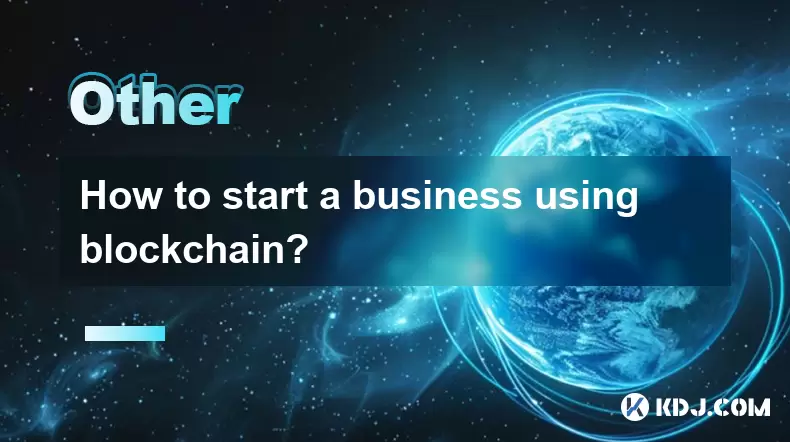
How to start a business using blockchain?
Jul 28,2025 at 12:36am
Understanding the Basics of Blockchain TechnologyBefore diving into the process of starting a business using blockchain, it's crucial to understand wh...
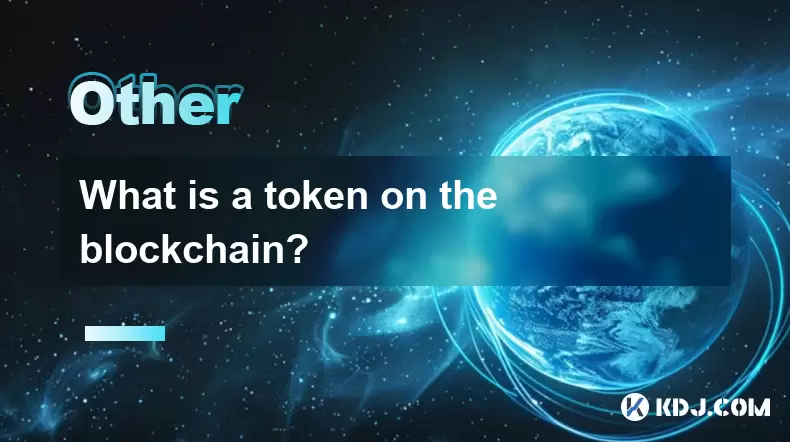
What is a token on the blockchain?
Jul 21,2025 at 07:00am
Understanding the Concept of a TokenIn the realm of blockchain technology, a token is a digital representation of an asset or utility that exists on a...
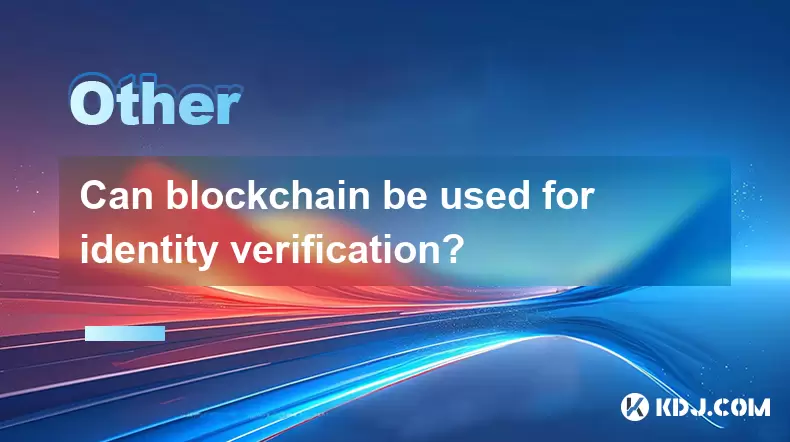
Can blockchain be used for identity verification?
Jul 18,2025 at 02:14pm
Understanding Identity Verification in the Digital AgeIn the modern digital landscape, identity verification has become a critical component for ensur...
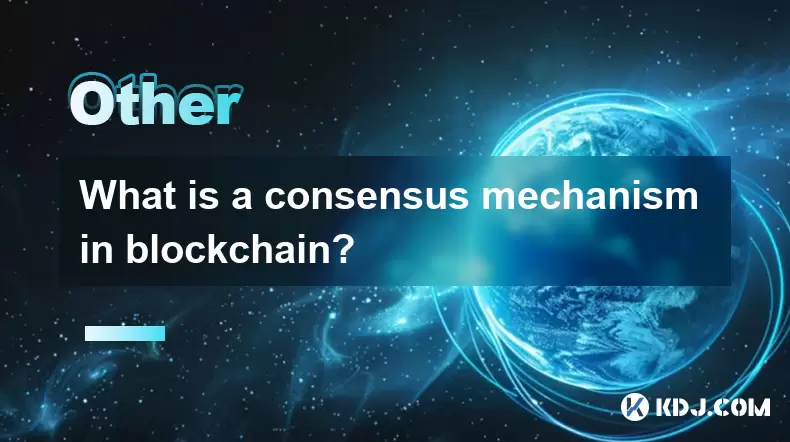
What is a consensus mechanism in blockchain?
Jul 21,2025 at 03:01am
Understanding the Basics of Consensus MechanismsA consensus mechanism is a critical component of any blockchain network. It refers to the process by w...
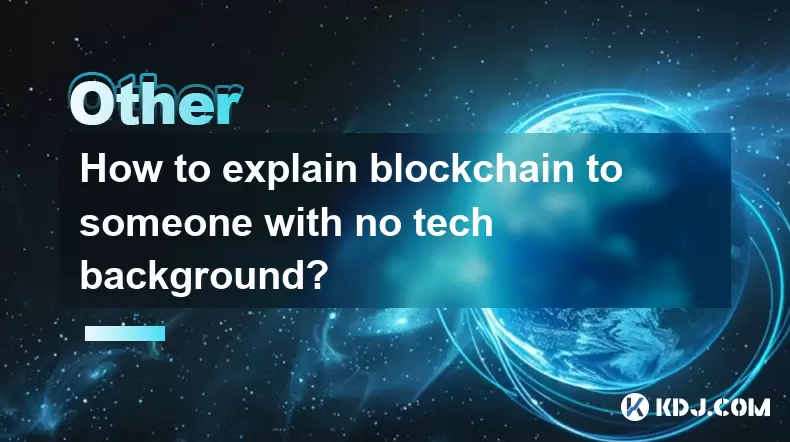
How to explain blockchain to someone with no tech background?
Jul 18,2025 at 11:08pm
Understanding the Basics of BlockchainTo explain blockchain to someone with no tech background, it's essential to start with simple analogies and avoi...
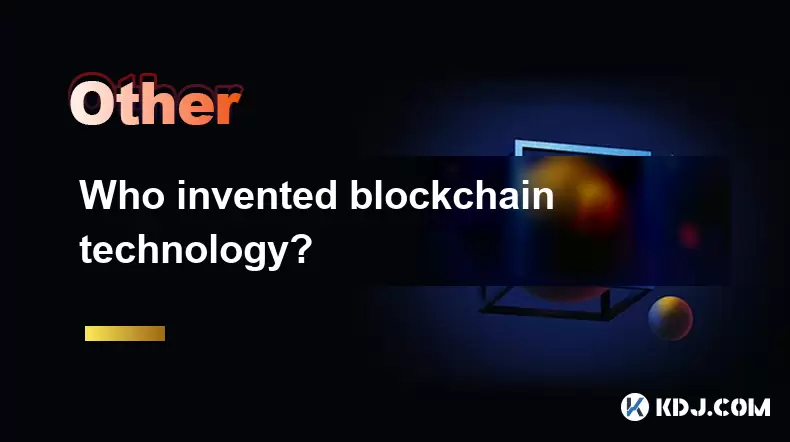
Who invented blockchain technology?
Jul 23,2025 at 01:28am
Origins of Blockchain TechnologyBlockchain technology did not emerge from a single inventor or institution. Instead, it evolved through a series of ac...

How to start a business using blockchain?
Jul 28,2025 at 12:36am
Understanding the Basics of Blockchain TechnologyBefore diving into the process of starting a business using blockchain, it's crucial to understand wh...

What is a token on the blockchain?
Jul 21,2025 at 07:00am
Understanding the Concept of a TokenIn the realm of blockchain technology, a token is a digital representation of an asset or utility that exists on a...

Can blockchain be used for identity verification?
Jul 18,2025 at 02:14pm
Understanding Identity Verification in the Digital AgeIn the modern digital landscape, identity verification has become a critical component for ensur...

What is a consensus mechanism in blockchain?
Jul 21,2025 at 03:01am
Understanding the Basics of Consensus MechanismsA consensus mechanism is a critical component of any blockchain network. It refers to the process by w...

How to explain blockchain to someone with no tech background?
Jul 18,2025 at 11:08pm
Understanding the Basics of BlockchainTo explain blockchain to someone with no tech background, it's essential to start with simple analogies and avoi...

Who invented blockchain technology?
Jul 23,2025 at 01:28am
Origins of Blockchain TechnologyBlockchain technology did not emerge from a single inventor or institution. Instead, it evolved through a series of ac...
See all articles

























































































